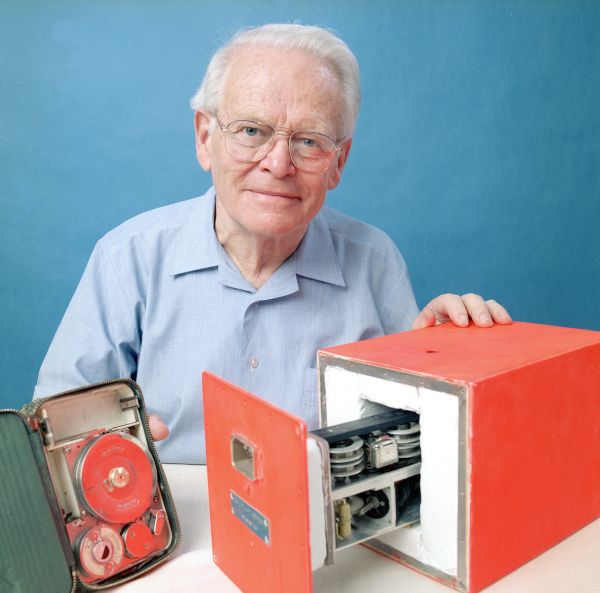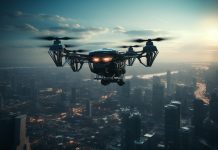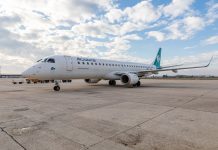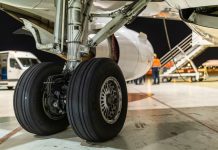We’ve all at least heard of the famous ‘black box’. It’s a very important device used to record external communications, the pilots’ voices and the activity of the instrument panel on board a plane. Since 2005, black boxes have also been used on passenger ships.
Conceived by the Australian chemist David Warren in 1953, the black box that we know today didn’t come into its own until 1958, when, finally, its purpose was understood. Before then, devices known as Flight Data Recorders (FDR) were used to record flight parameters such as altitude, pressure, temperature and speed. The turning point came when Warren thought to record pilots’ voices during communications from and to the control tower, and inside the cockpit.
That’s how the second element of the flight recorder was born; the Cabin Voice Recorder (CVR), which records voices, any engine noises and weather messages. It was positioned on the tail of aeroplanes, meaning that there was always a way to ‘document’ what happened on board.
Just think that the first flight recorders could only record roughly four hours of data, overwriting old data once the available memory was used up. Nowadays, they record more than 25 hours of numbers and sounds, thanks to modern technology that allows data to be compressed, improving the performance of memory disks and reducing the space required.
Just out of curiosity: black boxes are actually orange, with some reflecting stripes to allow them to be identified and recognised easily. The electronic device is enclosed within a resistant stainless-steel container measuring 80 x 25 cm with walls 7 cm thick, lined with insulating material and equipped with a device emitting ultrasound signals.

The devices were initially black and about the same size as a shoebox… hence the curious name ‘box’!



